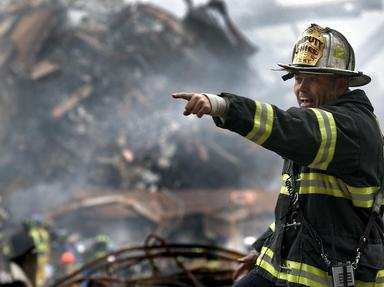
The Day of the Wildfire Trivia Quiz
Over the centuries there have been many deadly fires leading to loss of life and destruction, but they are not the only disasters. This quiz has twenty events, and your task is to pick out the ones involving fire and ignore those involving other causes.
A collection quiz
by rossian.
Estimated time: 3 mins.